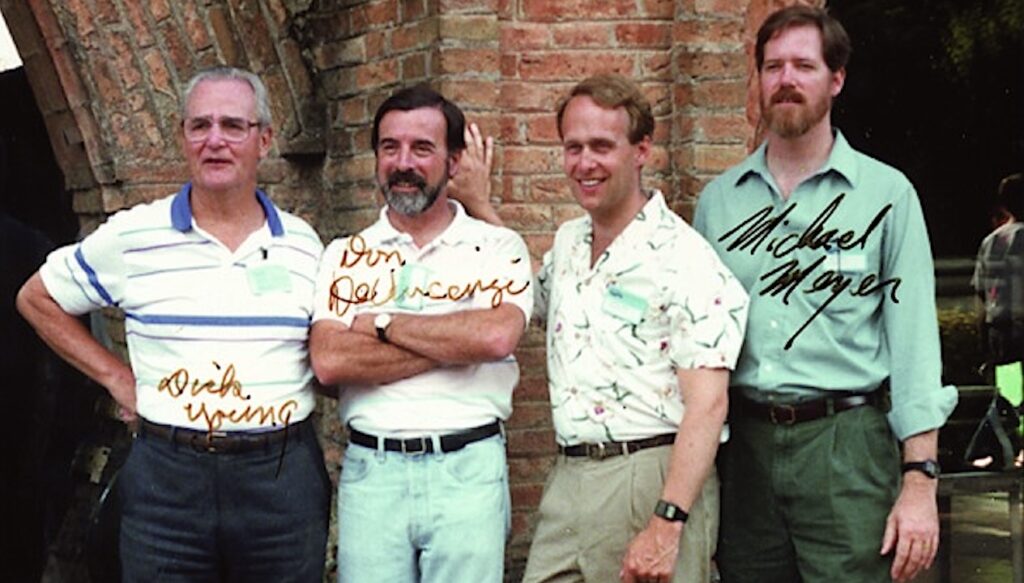Review: The Equations of Life: How Physics Shapes Evolution

When you first take a biology class the focus is on memorizing vocabulary and basic principles. If you are really paying attention certain patterns and forms start to emerge from the tedium of rote memorization. A few more classes and the patterns start to reveal the rules that underly those patterns.
If you are also taking chemistry and physics and math then you’re already familiar with the rules that govern matter and how to express them. Biology just takes a little more time to reveal itself. Add in some astronomy classes and talk of other worlds like our own and the origin of all of the elements of life being forged in the hearts of dying stars and you arrive at the core premise of “The Equations of Life: How Physics Shapes Evolution” by Charles Cockell.
This book serves as a engaging introduction to the rules that govern life – its emergence, evolution, and future on Earth – and elsewhere – in the universe. This is, of course, the core organizing principle of the discipline of astrobiology.
Cockell is an astrobiologist – so he tends to view the topic of life’s construction through the lens of someone who is trying to understand how life on Earth can serve as a test case for the nature of possible life elsewhere in the universe.
There are equations and rules that are not limited to living systems that underly the way that life operates. These equations are consistent, so far as we can tell, anywhere in the universe. To understand what life might look like elsewhere, it is critical that we have a thorough understanding of how it works here.
Cockell gets into the basic principles of why wings, flippers, and legs work – why some creatures are big and why some are small – and what the extremes are (at least on this planet) where life can exist. We consider “life as we know it” as being the breathing of oxygen and the ability to walk under blue skies. While there are likely many worlds out there much like our own, conditions elsewhere in the universe can easily be very different. Yet so long as the equations work out right, life may well have an infinite number of variations – each different – yet each similar due to the equations discussed in this book.
The author also gets into the way that atoms combine to form ever more complex structures that comprise living systems that are designed to capture energy from the environment and create copies of itself to continue to do so over the course of life’s history on our planet – adapting to changes in the environment all the while.
For a book with the word “equations” in its title this book is actually rather tame when it comes to math. If you’ve taken a few introductory courses biology, chemistry, physics, and astronomy then you’ll navigate this book easily. Even if the math eludes you, Cockell’s descriptions of what the equations mean shines through. And if one’s interest in the topic has been whetted this book contains an extensive collection of notes and references
And even if a reader’s end interest is not astrobiology, this book still does a very nice job of explaining what life is up against here on our world – and why it – we – are the way that we are.
Highly recommended.
The Equations of Life: How Physics Shapes Evolution, by Charles S. Cockell








